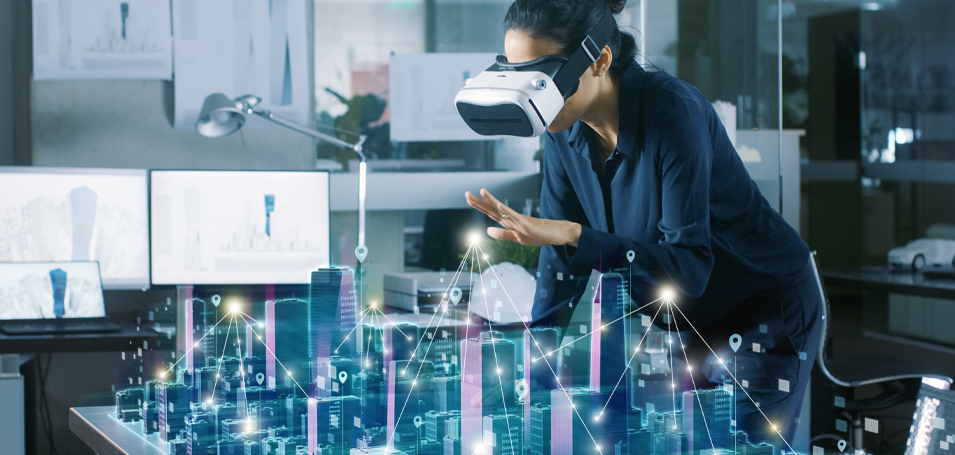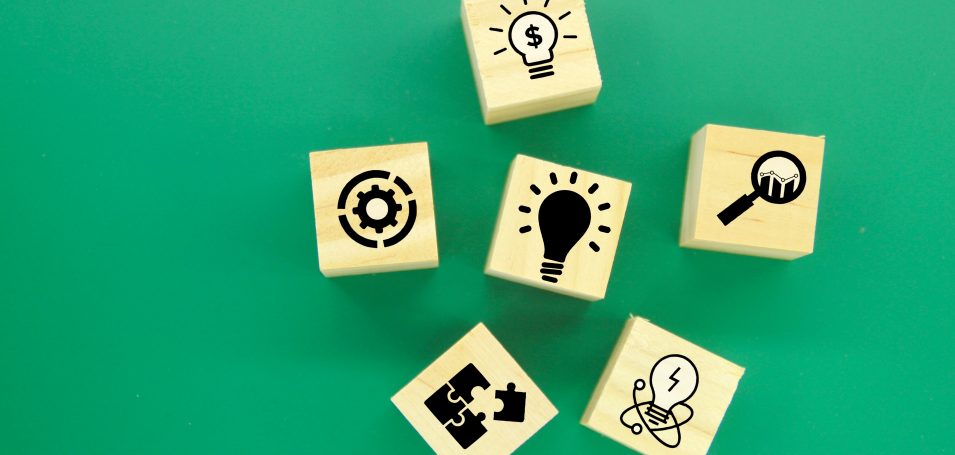When it comes to e-learning, choosing the right platform is crucial to the success of your business.
The e-learning industry has come a long way in recent years, and with it, the technology that powers it. One of the latest advancements in e-learning technology is the use of headless LMS systems.
What is a Headless LMS?
Before we dive ‘head-first’ into the opportunities that come with using a headless LMS, let’s clarify what headless really means.
“Headless” refers to software infrastructure where the front end (i.e. user experience) is separated from the back end (i.e databases). This is accomplished using APIs which communicate data back and forth. Click here to learn more about headless software.
Think of it like your home or apartment. There are three layers of structure:
- Aesthetics: wall paint, light fixtures, carpets, furniture, etc.
- Interior Structure: drywall, flooring, doorways, windows, fixed appliances, etc.
- Exterior Structure: Foundation, walls, etc.
And when you start a home improvement project, the size of that project depends on the layer you’re working on:
- Aesthetic Changes: new coats of paint, light fixtures, or furniture
- Light Renovation: replacing tile, refinishing hardwood, or installing recessed lighting
- Structural Renovation: tearing down and rebuilding walls, re-installing plumbing or electrical
Similarly, with headless LMS, you can customize your platform from a surface level to a deep, structural renovation.
Traditionally, SaaS customers have been limited to just aesthetic changes, while the vendor deals with everything else. But over time, advances in cloud infrastructure, APIs, and microservices have given customers more control while protecting them from the complicated back-end infrastructure. Headless is today’s vanguard of SaaS customer control.
What are the Opportunities for Headless SaaS in Customer Learning?
1. Hyper-personalize the Learner Experience with CRM Demographics
One of the significant benefits is the ability to customize the learning experience using APIs. You can inject learner-specific data into the experience, such as a personalized “Welcome” message greeting the user by name. By using CRM demographics, you can tailor the learning experience to each individual’s needs and preferences.
2. Create Dynamic Content Based On Learner Engagement
Another way to use headless LMS is by creating dynamic content based on learner engagement. By collecting data around a user’s particular action, you can build in new content items tailor-made for that user.
For example, following a survey about the user’s role, their reason for accessing the academy, and geographic location, you could trigger a custom Learning Path full of relevant content. Take it a step further and add this content added automatically to a “Recommended Content” or “For You” section.
3. Create Deep Content Recommendations with a Machine Learning Plugin
Using machine learning plugins, you can provide deep content recommendations based on user behavior. This means that you can suggest content that is most relevant and engaging to the user, making their learning experience more enjoyable.
4. Unify Your Tech Stack With Low-Code Middleware
Companies are employing more SaaS solutions than ever – making it increasingly challenging to ensure they all “speak” to one another.
While integrating an LMS can feel daunting, headless provides the opportunity to utilize API layers to interconnect everything. You can go one step further and utilize an API-based middle layer such as Workato to bring a low-code component to that.
5. Deliver Multi-Modal Content Experiences in VR or AR
The separation of front-end user experience vs. back-end services and infrastructure means you can make your user experience whatever you want. This means not only the ability to show nifty design and personalization – but also the ability to extend your experience into new channels.
Augmented and virtual reality are some of the most popular new ways to deliver content. Utilizing APIs such as REST and graphQL, you can utilize a core LMS to deliver content to a headset using an AR or VR SDK (software development kit). This would serve up the content for users in an interactive way, and send that engagement data back to your LMS for reporting and management purposes.
How Do I know if a Headless LMS is Right for Me?
As with any great opportunity, there are a number of considerations to take into account before committing to a headless approach:
1. Where are my technical resources?
Greater customization means greater control. And with that control, comes the need for new skills.
This most often comes in the form of UX designers and software engineers. While the price tag for these contractors may bring sticker shock, it’s getting easier and easier to commission project-based technical resources from around the world. Companies like Fiverr, Toptal, and UpWork all provide marketplaces to shop and compare prices/expertise for technical contractors around the world.
If you don’t currently have the budget carved out for these resources, read our post on the increasing importance of engineering budget for Customer Education teams in 2023.
2. How do I align my leadership team with this approach?
What’s important to communicate is that the expectations people have for your digital experiences and interactions (i.e. your learners) are continuing to increase at breakneck speeds.
The average person (regardless of age) is not interacting with countless digital devices in their everyday lives, and they’re being produced by companies with immense UX and design budgets like Apple, Google, Amazon, and others. Like it or not, those companies are setting the standards we all need to meet. Customer education is no different. If you’ve already established the business impact of your customer education (and if not, click here) then you should have no problem validating the need for a budget to produce the best experience possible to deliver that education.
3. Understand the limitations of your headless LMS
While the possibilities may seem endless, there are always boundaries within a headless LMS that are important to take into account. Here are a few:
- How much API coverage is accounted for?
- How robust is the documentation?
- What are my support options, and will I need additional resources?
Why Consider a Headless LMS
Today’s learners are switched-on and expect a personalized, engaging, and enjoyable learning experience. A headless LMS can bring a whole host of benefits to your platform. From increased flexibility to improved performance, the possibilities are truly endless.
On the flip side, customizing a headless LMS can have a steep technical learning curve, and ongoing maintenance and support are necessary to keep the platform functioning and up-to-date.
These potential drawbacks aside, using a headless LMS can put you ahead of the competition and offer a truly unique e-learning experience. By weighing both the pros and cons, you can make an informed decision that will help you achieve your e-learning goals.
Whether you’re launching a new platform or looking to revamp an existing one, headless technology is worth considering! Schedule a demo now to see for yourself.



